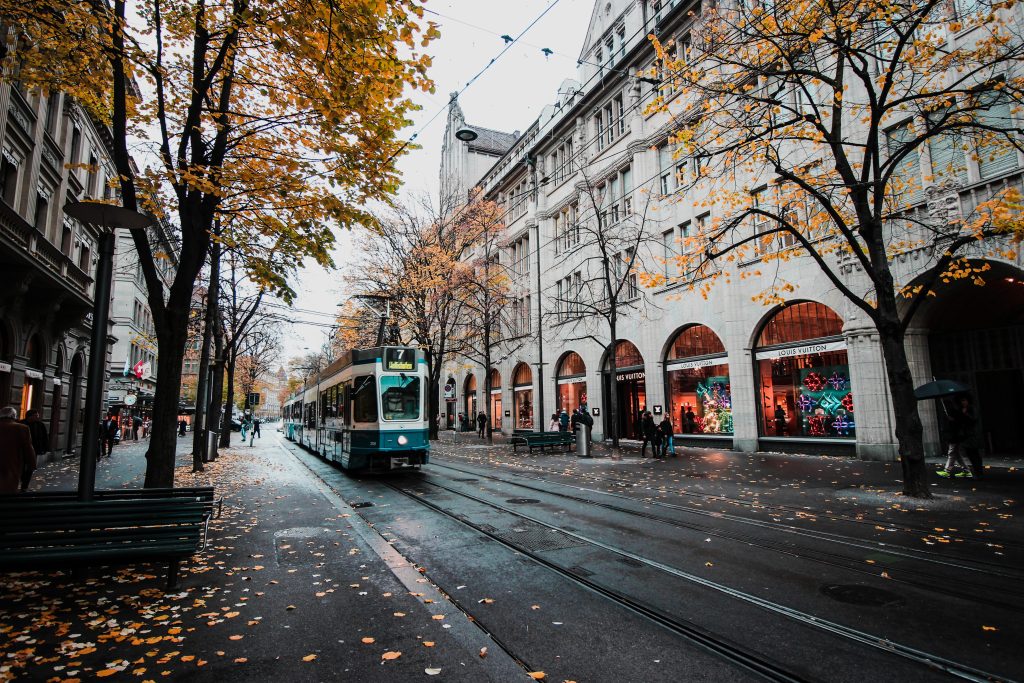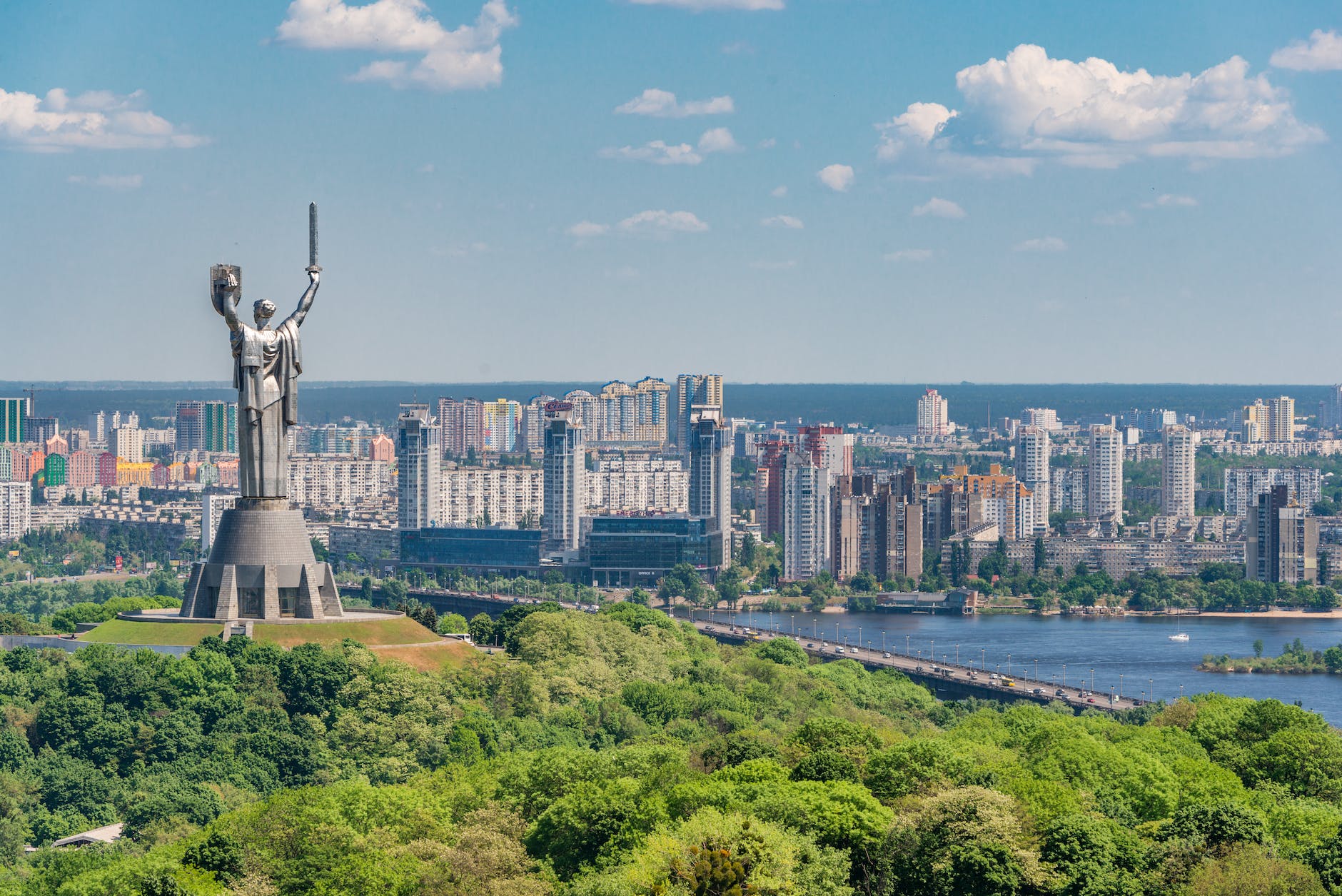Cities are the engines of the world’s economy and home to the majority of the world’s population. As urbanization continues, it is crucial that cities become sustainable and resilient to ensure the well-being of their residents and the planet. This article will discuss the key elements of sustainable cities and why they are necessary for the future.
Table of Contents
ToggleDefinition of Sustainable Cities
A sustainable city is one that meets the needs of its present inhabitants without compromising the ability of future generations to meet their own needs. This includes economic, social, and environmental sustainability.
Economic sustainability involves ensuring that cities have a strong and diverse economy that provides job opportunities and a high quality of life for residents. Social sustainability involves creating inclusive and equitable communities where all residents have access to quality education, healthcare, and affordable housing. Environmental sustainability involves reducing greenhouse gas emissions, protecting natural resources, and reducing waste.

The Benefits of Sustainable Cities
Sustainable cities offer numerous benefits to their residents, including:
- Improved air and water quality
- Reduced greenhouse gas emissions
- Increased access to green spaces and parks
- More efficient use of resources
- Improved public transportation systems
- Enhanced economic opportunities and job creation
In addition to these benefits, sustainable cities also create a more attractive environment for businesses and attract talent, which leads to increased economic growth and prosperity.
Key Components of Sustainable Cities
- Energy Efficiency
Energy efficiency is a crucial component of sustainable cities. This involves reducing energy consumption and greenhouse gas emissions through the use of renewable energy sources, such as wind and solar power, and implementing energy-efficient technologies in buildings and transportation.
- Sustainable Transportation
Sustainable transportation systems are an essential component of sustainable cities. This includes providing efficient and accessible public transportation systems, promoting active transportation such as walking and cycling, and reducing the number of cars on the road.
- Green Infrastructure
Green infrastructure refers to the network of green spaces, parks, and natural areas within a city. It is essential for the health and well-being of residents and the environment. In addition to providing recreational opportunities, green infrastructure also helps to reduce heat island effects, improve air quality, and manage stormwater.
- Sustainable Building Design
Sustainable building design involves constructing buildings that are energy-efficient, use sustainable materials, and provide a high quality of life for residents. This includes implementing green roofs, rainwater harvesting systems, and efficient heating and cooling systems.
- Waste Management
Effective waste management is essential for sustainable cities. This includes reducing the amount of waste generated, increasing recycling and composting, and properly disposing of hazardous waste.
Conclusion
Sustainable cities are essential for the future of urban development. By implementing energy-efficient technologies, promoting sustainable transportation, creating green infrastructure, designing sustainable buildings, and managing waste effectively, cities can become more resilient and improve the well-being of their residents and the environment. It is up to city leaders, residents, and businesses to work together to make cities more sustainable and secure a brighter future for generations to come.








1 thought on “Sustainable Cities: The Future of Urban Development”
Pingback: Urban Green Infrastructure: A Comprehensive Guide